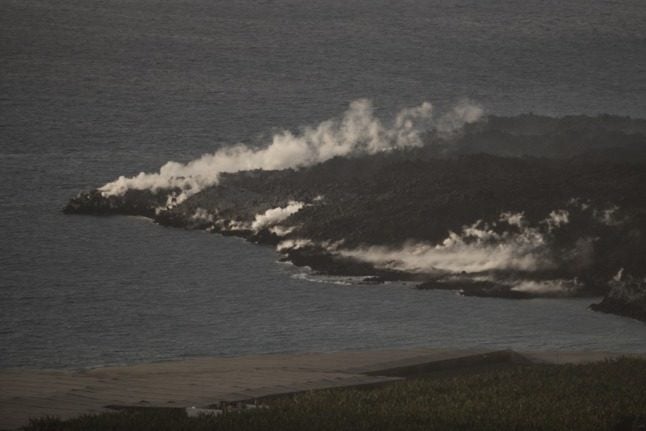“The values are outside the norm in the top part only in the Vulcano crater,” said Lipari mayor Marco Giogianni in a live broadcast on Facebook, following a meeting with experts from the National Institute of Geophysics and Vulcanology (INGV) and Civil Protection, Italy’s emergency body.
Marco Pistolesi, a vulcanology professor at the University of Pisa, also tweeted about the change in the alert level, referring to “increased degassing, temperatures, seismicity and deformation”.
“For those who know the island, this has never been observed before,” he wrote.
🟠🟠🟠 current alert level at #vulcano island has been raised to YELLOW. ⬆️ degassing, temp, seismicity and deformation. For those who know the island, this has never been observed before. pic.twitter.com/PfB0RP3u6y
— Marco Pistolesi (@m_pistolesi) October 1, 2021
The last eruption on Vulcano was over 130 years ago and lasted from August 2nd, 1888 to March 22nd, 1890.
It has been still since then, but this “sleep” is sometimes disturbed by seismic activity crises and increases in steaming volcanic gas emissions from vents (fumaroles) – the most recent was in 1985, Italian daily Corriere Della Sierra reported late Saturday.
The mayor was expected to issue an order to prevent people from climbing to the top of the crater at around 500 metres, a 40-minute walk, the paper said.
The population of the island is always at risk due to gas-rich, high-temperature fumaroles, but with increased activity, there is a danger that the fumaroles could intensify and extend over larger areas.



 Please whitelist us to continue reading.
Please whitelist us to continue reading.
Member comments